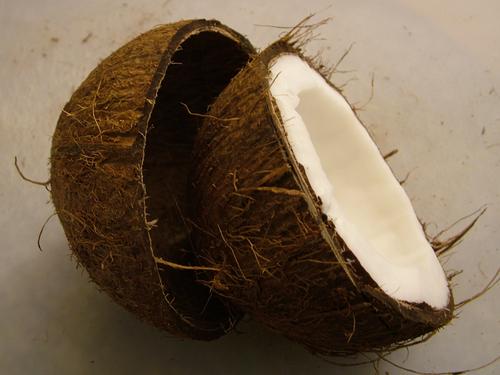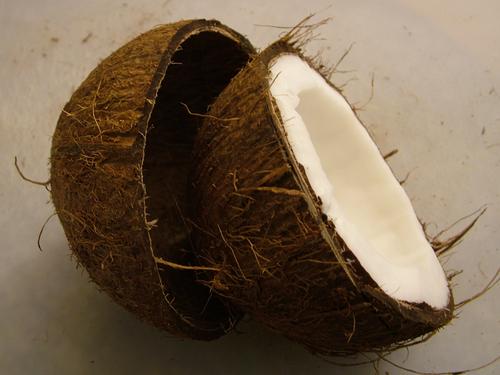Coconut & Fabrics Improve Biocomposites
July 19, 2012

Researchers in Malaysia have developed a bio-based composite material by substituting coconut fibers for traditional ceramic fibers in biocomposite tiles. The natural fibers improve the strength and stiffness of the composite materials and also reduce their weight.
The low density, high cellulose content, and abundance of coconut shell fibers, make them popular in Southeast Asia and other areas for a number of rope, fiber, and textile applications. Other advantages of using the fibers of coconut coir include its toughness, low density, low cost, and biodegradability. Several different types of biocomposites already exist, including those composed of biodegradable plant-based or animal-based natural fibers, such as flax, jute, silk, or wool.

Professor Suhaimi Muhammed of the Universiti Teknologi Mara (UiTM) Pahang in Malaysia and his colleagues Amran Shafie and Noorshashillawati Azura Mohammad from the faculty of applied sciences took long fiber bundles of coconut coir derived from coconut husks and combined them with fiberglass. Then they bonded the resulting composite further with a gel coat of acrylic resin.
When this biocomposite material was tested for dimensional stability, it exhibited very low water absorption rates of less than 3 percent and low thickness swelling of less than 1 percent. These results lead Suhaimi's team to suggest that plant-based fibers may be used as reinforcement in a composite system to improve the properties and performance of polymer matrix resins. The improved strength and stiffness, in addition to the lower weight, of natural fibers can make the composite tiles useful in vehicle plates, some industrial applications, and for walls and floors in construction.
Another result was a manufacturing method for producing the tiles that the team expects will benefit small-scale entrepreneurs as well as coconut growers. The researchers developed a portable biocomposite press that will let entrepreneurs invent and create their own biocomposite materials.
About the Author(s)
You May Also Like

.jpg?width=300&auto=webp&quality=80&disable=upscale)

